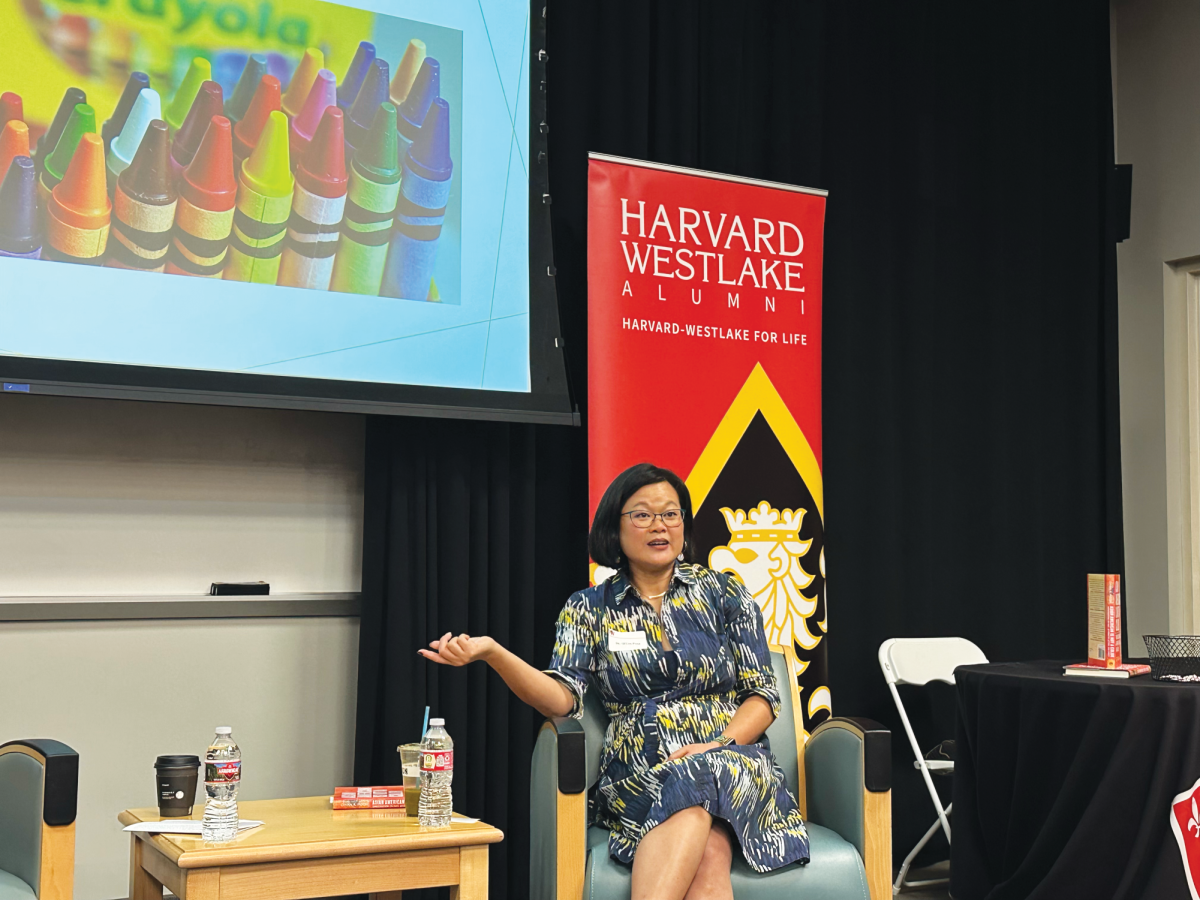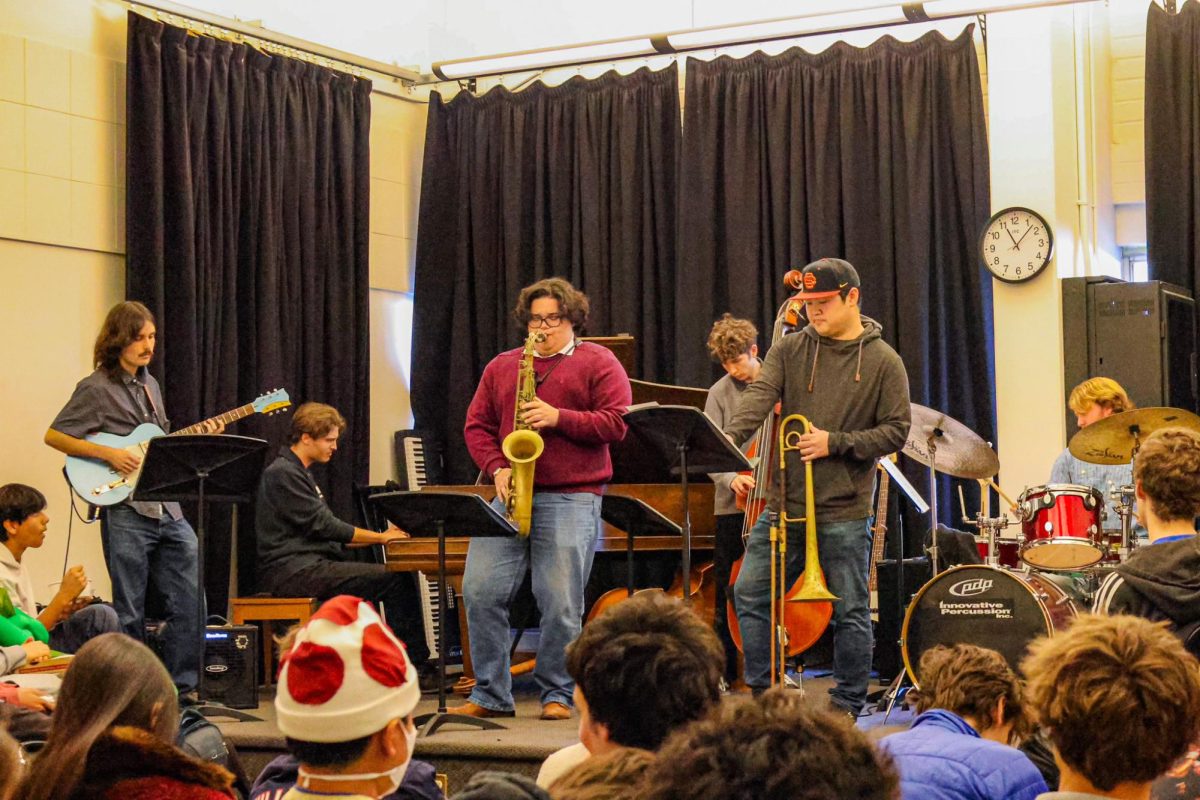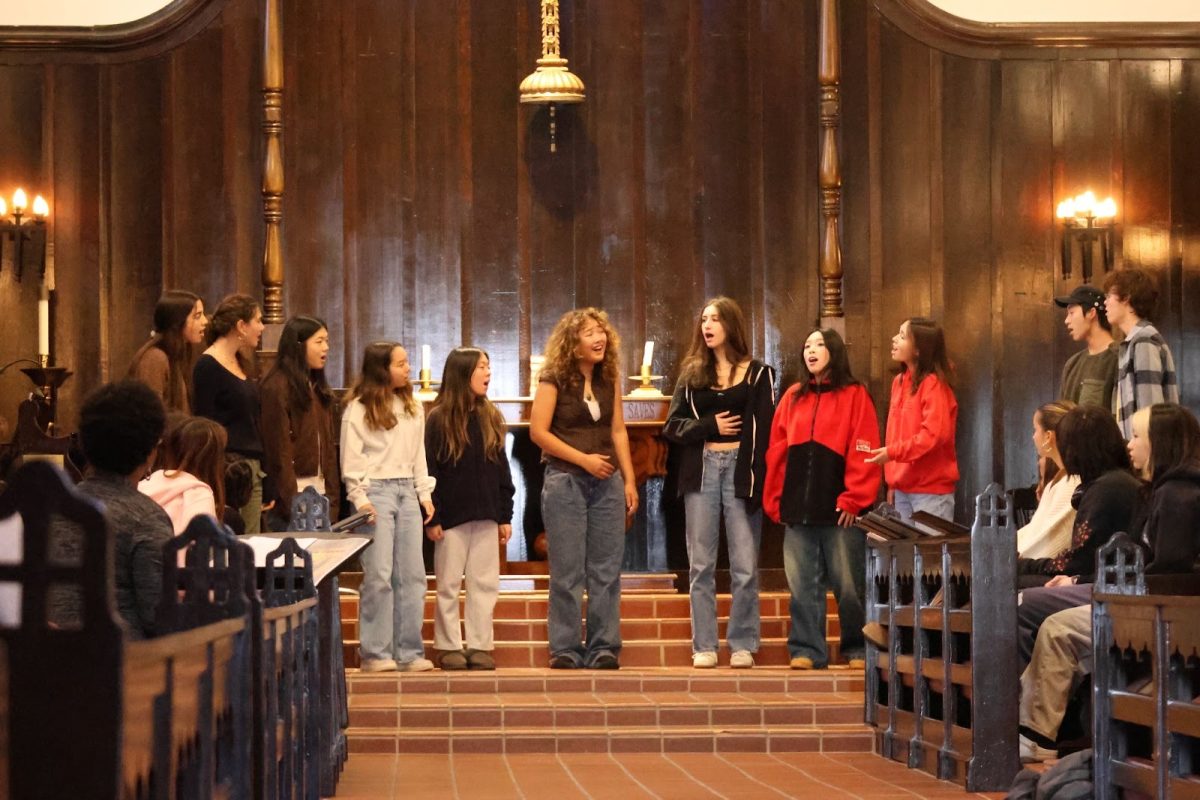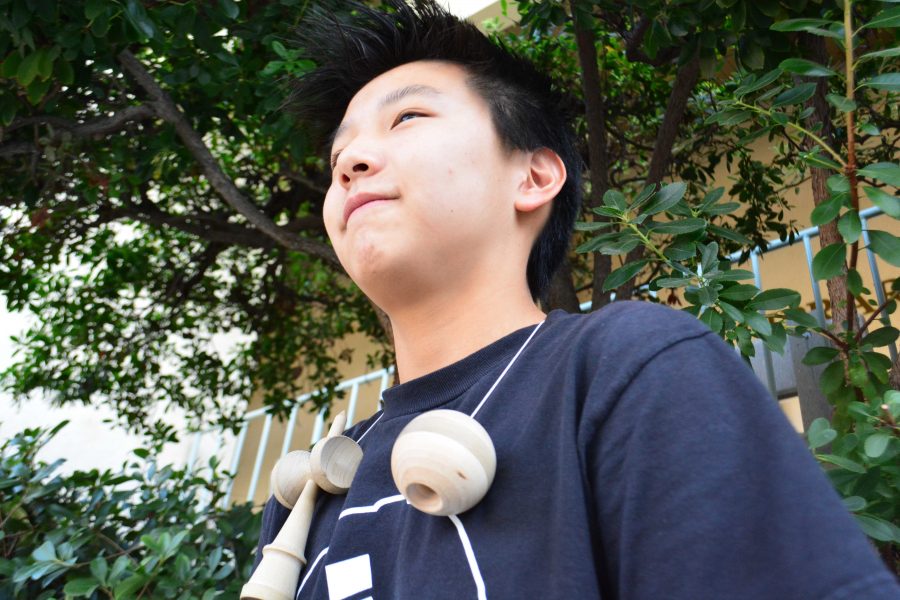No matter how many times Yusuke Kimura ’18 repeated the same bend of the knees and slight flick of the wrist, he could not get the wooden ball onto the spike.
This was one of the times he felt like quitting. He wanted to break the handheld wooden toy called the kendama and stop.
“I really wanted to break it,” Kimura said. “I wanted to smash it. I wanted to quit.”
He was on the brink of insanity.
Then, as he was about to give up, Kimura decided to try one last time. One…two…three.
“I did it,” he exclaimed. “I did it!”
The Thanksgiving break of his freshman year, when Kimura was in Las Vegas, he had the chance to watch a performance by the Jabbawockeez. During a break in the concert, he spotted one of the performers showing off tricks with a wooden contraption.
He found out it was a kendama. The goal was to get the ball attached with a string onto the spike.
When he returned home, Kimura became intent on getting his hands on one of his own.
Finding one at a Japanese store was the easiest part, he said. Getting his first trick down was the hardest.
Just to get the simplest trick down, he practiced for more than an hour each day.
Once his body understood what to do, he could start performing harder tricks.
Rather than spend time on his phone, Kimura spends time practicing and perfecting different skills..
“The day I landed my first difficult kendama trick was Nov. 29, 2014,” he said. “I felt so excited and pumped. You’re just glad that you finally got it after working so hard.”
Looking at his son, Kaz Kimura sees a mirror image of himself, tirelessly working and practicing, just to be able to do one move.
Kaz Kimura had also played with the kendama when he was his son’s age.
“When I see him play with the kendama, I think back to my childhood and remember how I used to play with it,” he said. “I see that he is taking on a challenge by playing with the kendama. This has grown his patience and mental fitness, and he is gaining more self-confidence.”
The kendama originates from Japan, where Kaz Kimura was born.
“It has a cultural importance because [Kaz] was born there,” Yusuke’s mother Amy Kimura said. “He would bring it to school and play with it. Kids these days have phones, but back then, he had the kendama hanging around his neck. They didn’t know what it was, but he was proud.”
Likewise, Yusuke Kimura is thankful for his talent.
But he still has obstacles to overcome, he said.
[soundcloud url=”https://api.soundcloud.com/tracks/240560637″ params=”color=ff5500&auto_play=false&hide_related=false&show_comments=true&show_user=true&show_reposts=false” width=”100%” height=”166″ iframe=”true” /]
After his daily practice, Kimura is not physically sore. Rather, the repeated motions test his mental strength and emotionally strain him.
“It’s time for a new one,” Kimura said as he looked down at the battered spike of his first kendama.
A sentimental wave washed over him.
He knew that he had come very far.
That was a year ago. In that year, Kimura has not only added to his collection of tricks but also grown as a person.
“It has really helped with his concentration and confidence,” his mother said. “It’s something he’s good at. Because people don’t know what the kendama is, it creates conversation and allows him to meet and connect with people he would never otherwise have. He’s an inspiration to himself because he made the effort to try it. I’m proud of him.”
Although Kimura said he does not know what he will do with the kendama in the distant future, he knows that as of now, he wants to continue learning new tricks and maybe teach friends and family who want to learn the art.
“I can’t wait to see what new things I learn in the future,” Kimura said. “What I have to say is that kendama is only limited by the scope of your imagination, and you can never stop learning or getting better because there is so much you can do with it.”































